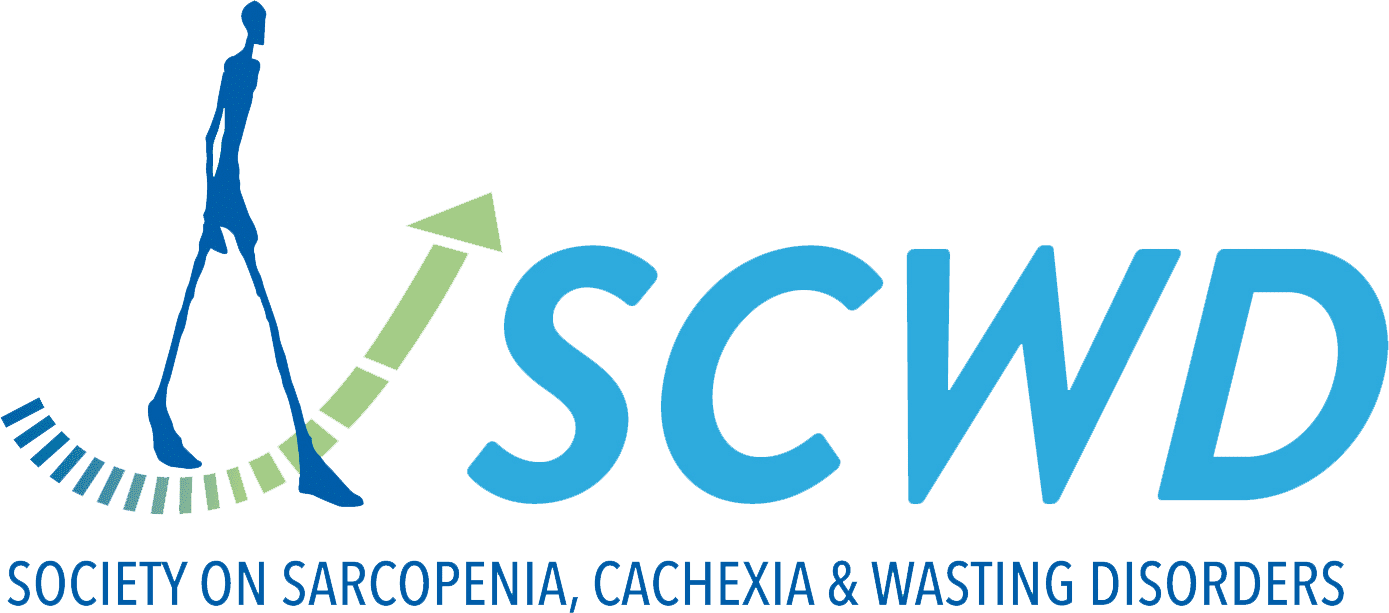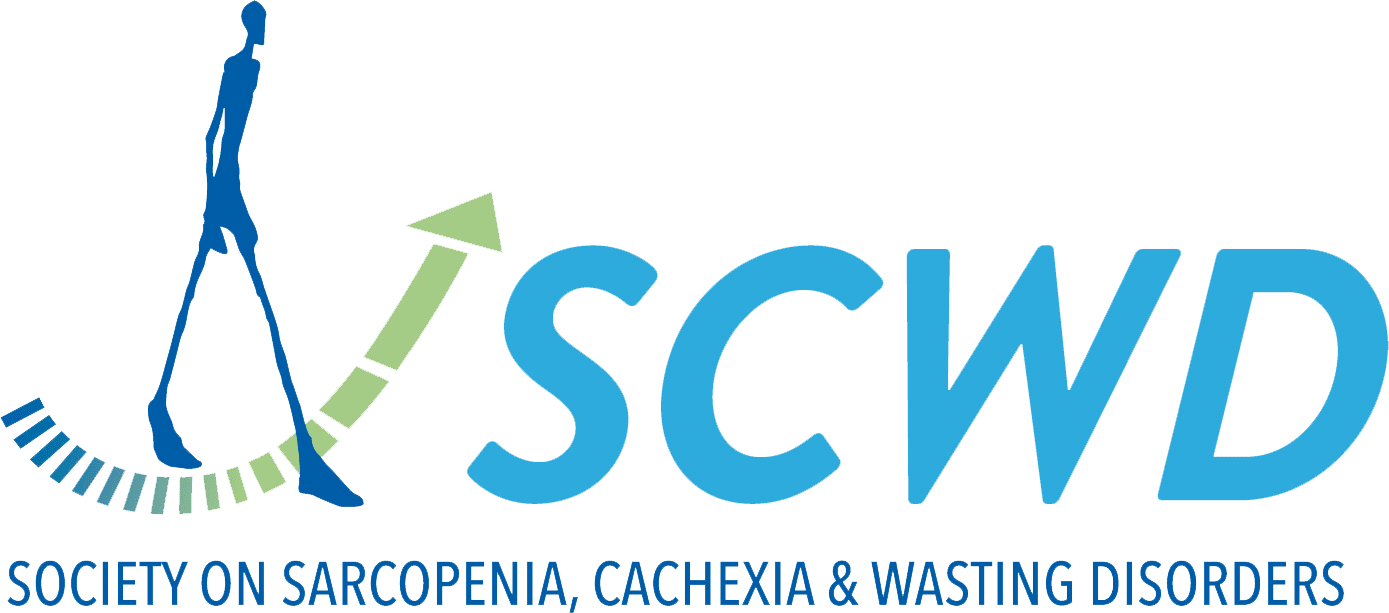Prognostic Value of Systemic Inflammation, Nutritional Status and Sarcopenia in Patients With Amyotrophic Lateral Sclerosis.
Nutritional status, systemic inflammatory responses and muscle mass are associated with the prognosis of patients with amyotrophic lateral sclerosis (ALS). However, the optimal biomarker for predicting prognosis remains unclear. This study aimed to identify the optimal indicators of survival among...


